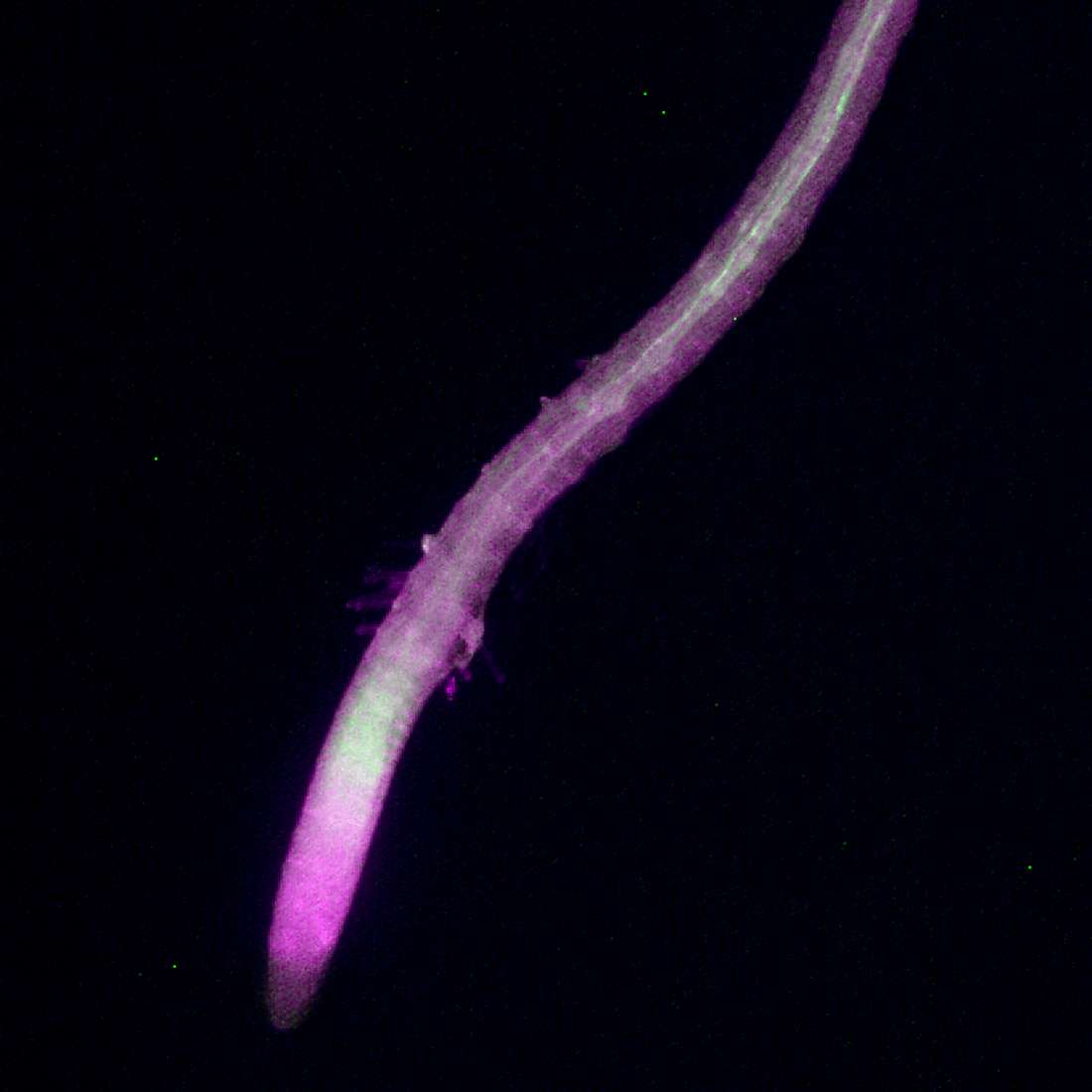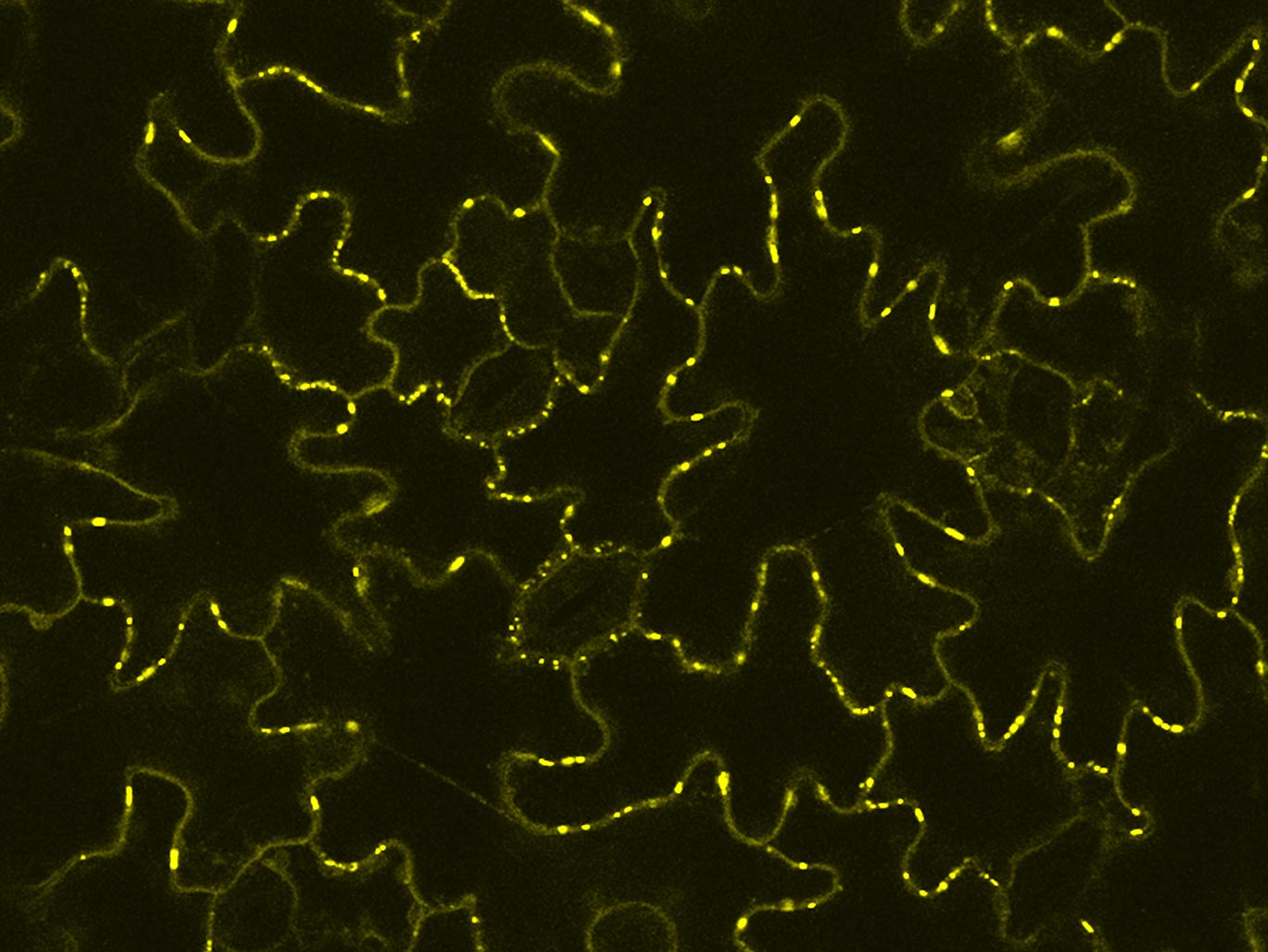Plant Symplast
Grant-in-Aid for Transformative Research Areas (A) (FY2025-2029)
Plant Growth and Environmental Adaptation Mechanisms Driven by Plant-Specific Interconnected Cytoplasm, the Symplast
Project Leader: Michitaka Notaguchi (Kyoto University)
Plant Growth Mechanisms Re-evaluated from a Symplast Perspective
Individual plant cells are not completely independent; they are connected to each other by plasmodesmata, which cross the cell walls of adjacent cells and connect their cytoplasm. The cytoplasmic spaces shared by plasmodesmata and phloem throughout the plant are collectively referred to as the symplast. Traditionally, the symplastic pathway was thought to be primarily involved in the translocation of nutrients such as sugars and amino acids. However, recent research has shown that the symplast is a much more dynamic platform for signal transduction than previously thought. It plays a critical role in controlling plant development and environmental responses by facilitating the exchange of various signaling molecules between cells and tissues. This transformative research project aims to make significant advances in the understanding of plant growth regulation and environmental adaptation mechanisms under fluctuating environmental conditions by re-evaluating intercellular and intertissue communication from the perspective of the symplast.
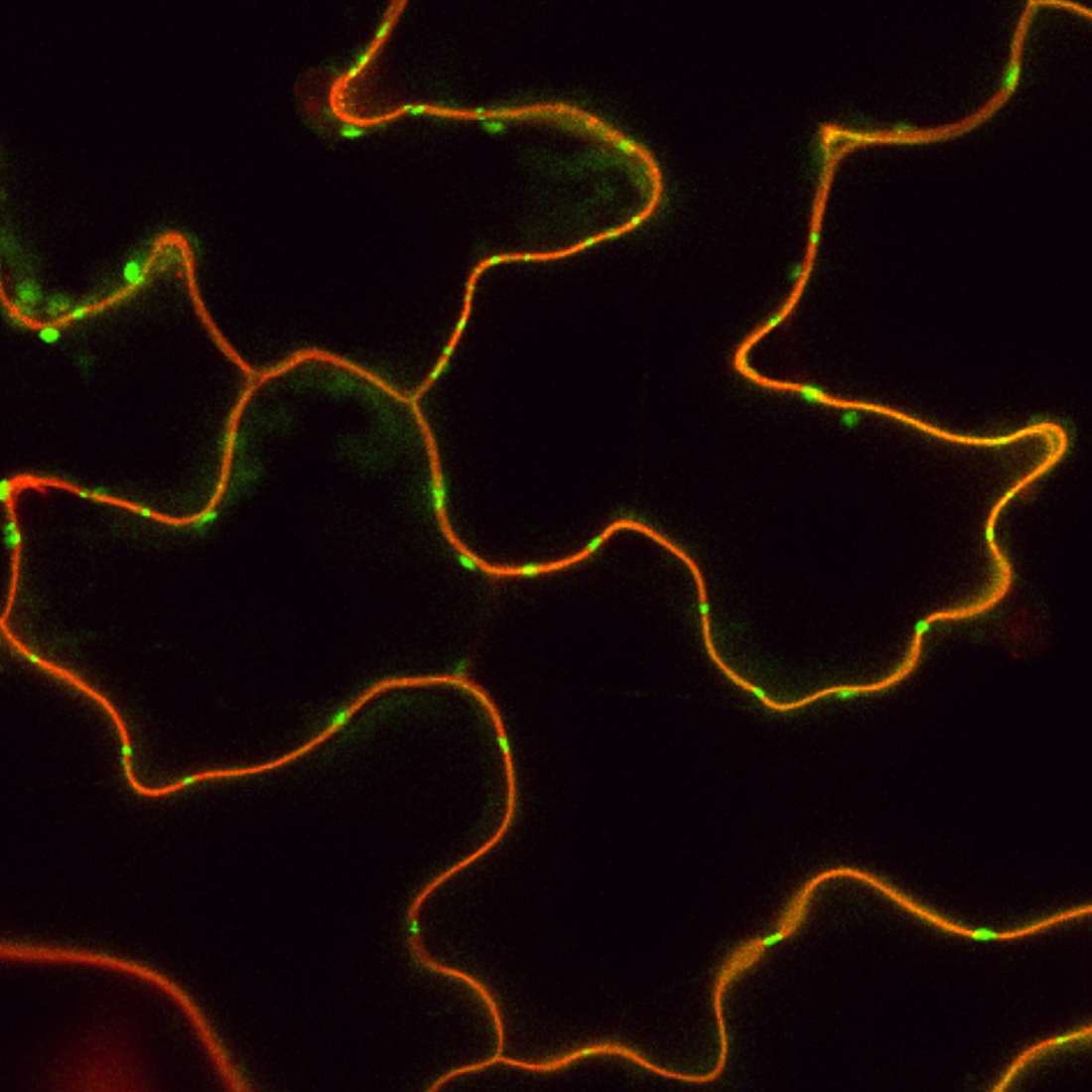
Mechanisms of Symplast Formation
In previous studies, major obstacles to studying symplast formation included the fact that mutants lacking plasmodesmata were lethal and the difficulty of synchronizing plasmodesmata formation. The project leader discovered that plasmodesmata can form synchronously and de novo at the graft interface. Furthermore, grafting was shown to be possible even between distantly related plant species, demonstrating that the principles of symplast formation are conserved across species. In addition to investigating the mechanisms of plasmodesmata formation by grafting, this project will support unique studies by the participating investigators that could lead to breakthroughs in elucidating plasmodesmata formation. These include the formation of novel plasmodesmata in the invasion organ of the parasitic plant, as well as the mechanisms of plasmodesmata formation characteristic of trichomes on leaf surfaces. By integrating these findings, we aim to systematically elucidate the mechanisms that control symplast formation and function in relation to plant growth.
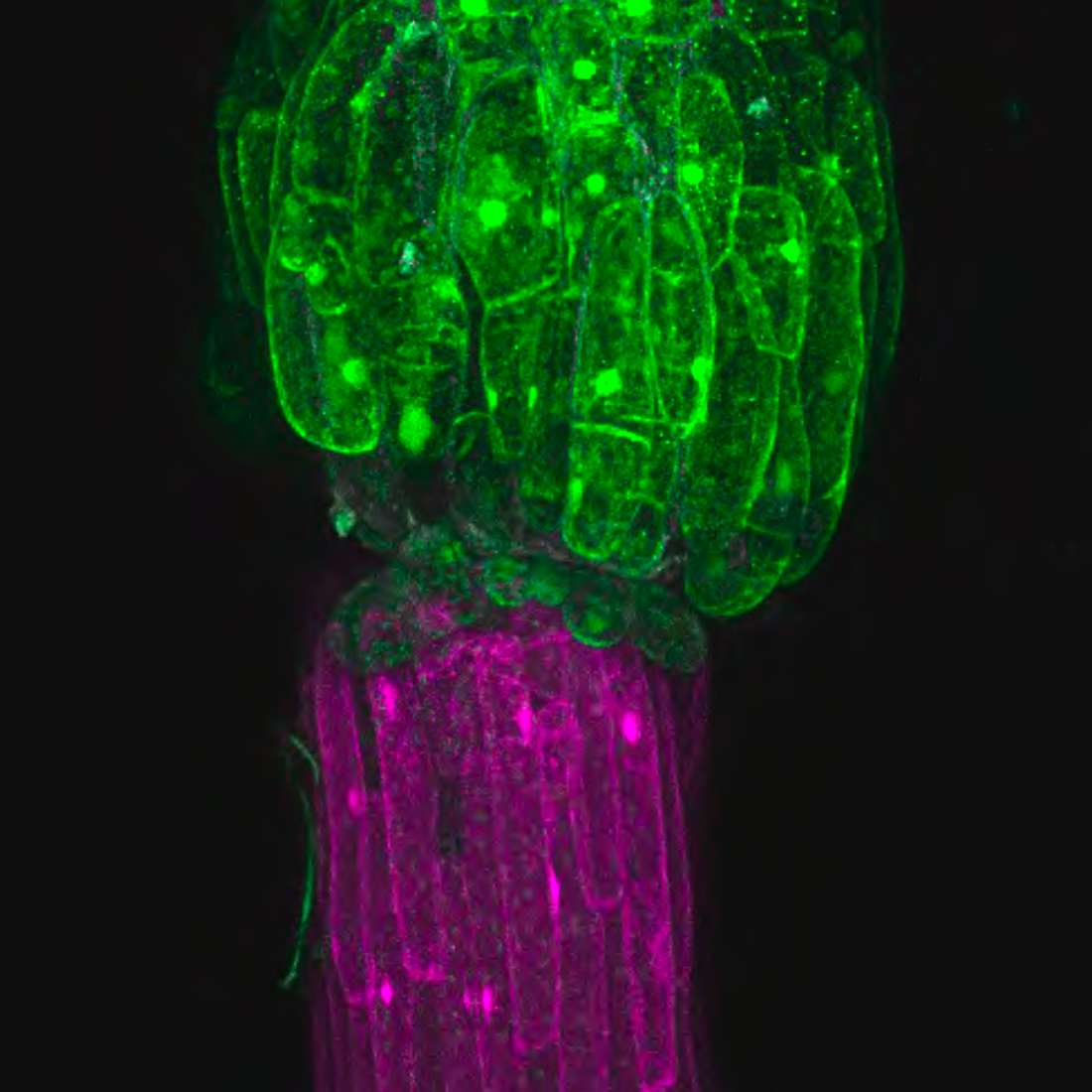
Identification of Symplast-mobile Molecules
Long-distance signaling by mRNA and non-secretory peptides that migrate via the symplast pathway has recently been recognized to play a critical role in various aspects of plant growth and environmental responses. The project leader has identified mRNAs that move long distances and will elucidate the individual functions and transport mechanisms of these symplast-mobile mRNAs. In addition, symplast-mobile non-secretory peptides are an understudied class of molecules that have received little attention. In this project, in addition to elucidating the mechanisms of action and regulation of activity of such signaling molecules discovered by the participating investigators, we will expand the repertoire of novel molecules. We will also investigate the transport pathways through which these signaling molecules exert their functions.
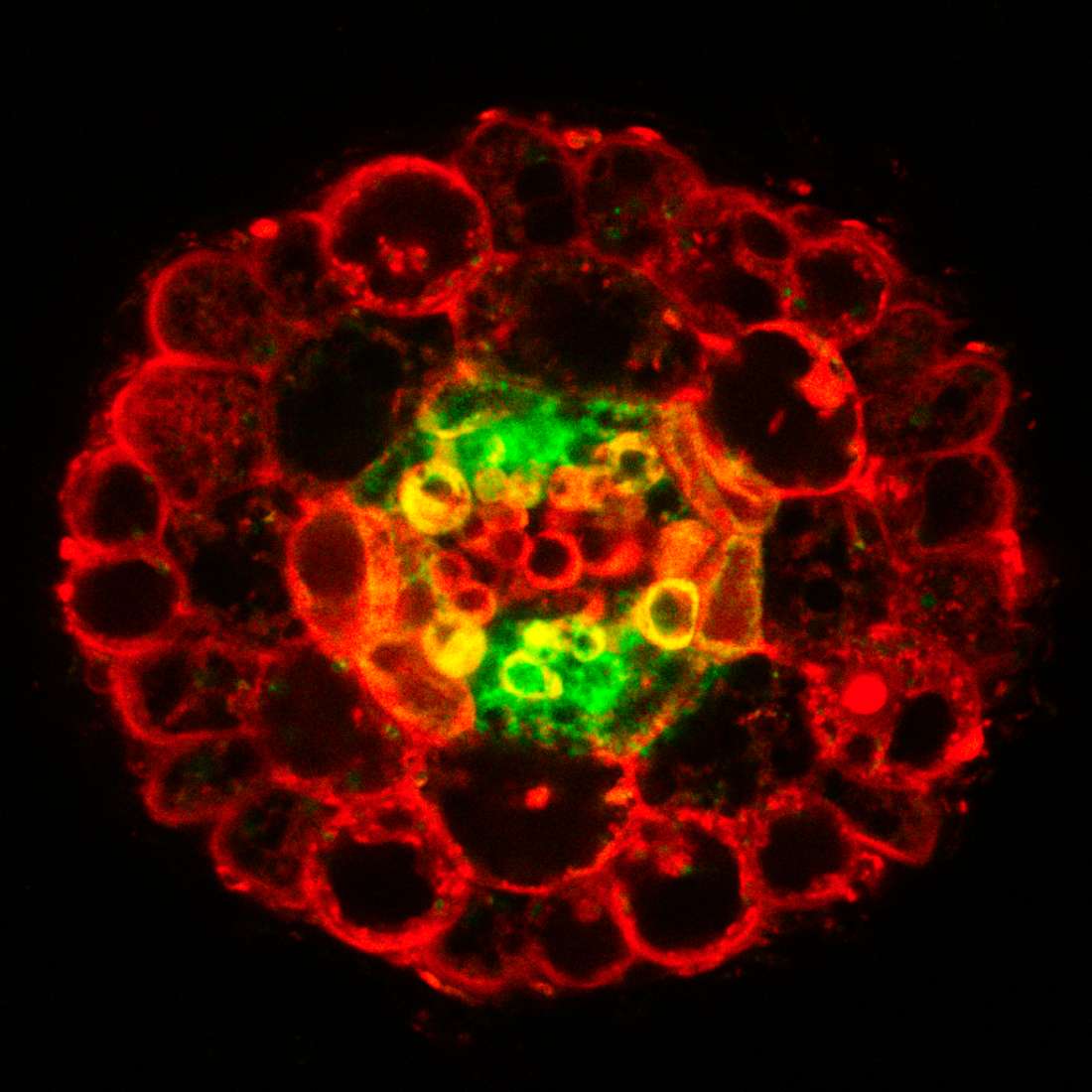
Control Mechanism for Symplast Function
Long-range signaling by mRNAs and non-secreted peptides translocated through the symplast pathway has been shown to play important roles in various aspects of plant growth, development and environmental responses. The symplast pathway is also involved in translocation of sugars and amino acids, as well as in certain intercellular calcium signaling. However, the mechanisms of functional regulation of plasmodesmata and how the symplast-mobile molecules regulate plant development, growth, and environmental responses, and how they integrate information and support individual growth remain largely unexplored. In this project, we will elucidate the growth and environmental response mechanisms driven by the symplast by focusing on the molecular transport and its regulation by the symplast.
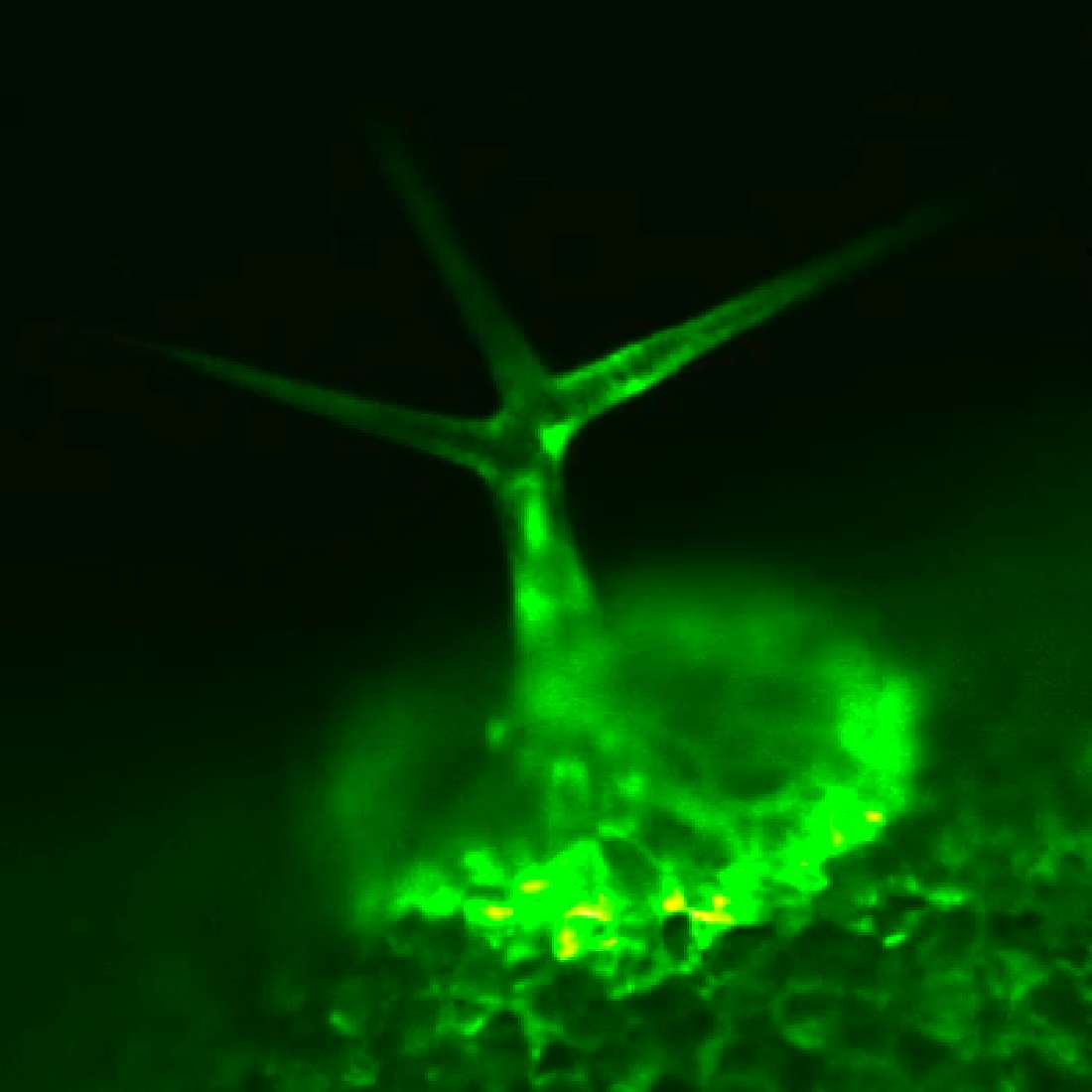
Creating New Scientific Foundations for Understanding Plant Survival Strategies
As described above, this research area will reassess the importance of plant-specific multicellular regulatory mechanisms in which cells cooperate through the symplast, in addition to the well-known cell-to-cell communication mediated through the extracellular space. By integratively elucidating the physiological significance of individual regulation and environmental responses through the symplast, we aim to provide new scientific foundations for understanding plant survival strategies. We hope that the results of this project will contribute not only to the advancement of plant science, but also to a broader understanding of diverse intercellular information control systems in living organisms.
